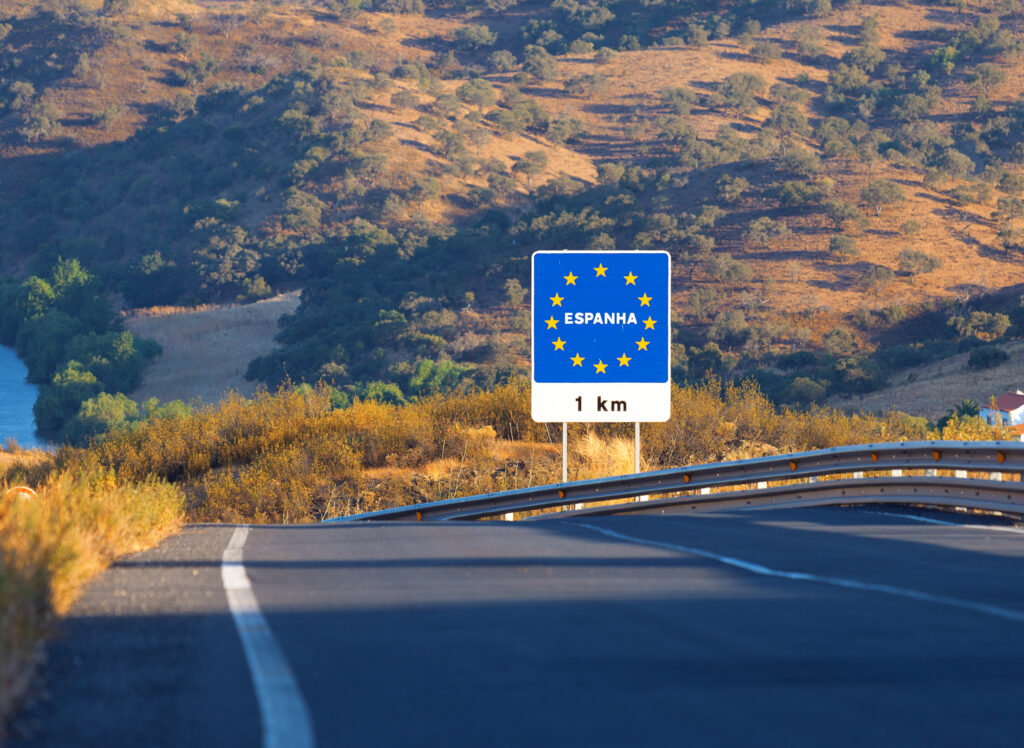This paper describes the pathways via which the EU may be impacted by cross-border climate impacts and analyses indicator data to identify some of the potential key issues for EU adaptation.

Photo: Discovod / Getty Images.
The EU is increasingly connected to the rest of the world via flows of people, capital, goods and resources, exposing it to the potential impacts of climate change occurring outside its borders, in addition to impacts occurring in and between EU countries themselves. However, there is currently no peer-reviewed literature that describes the way in which cross-border impacts might affect the EU as a whole, or what the pattern of exposure to cross-border impacts might look like from a European perspective.
This paper finds that many EU countries are more exposed than the global average to climate-related risks in terms of transboundary water dependency, trade openness, openness to asylum, and globalization. The authors introduce a typology of cross-border climate change impacts to guide future assessments and adaptation planning in the EU, as follows:
Cross-border climate impacts raise a number of challenges for EU adaptation. These include applying existing mechanisms for cohesion and external action to build resilience to cross-border climate change impacts, or monitoring member states to track changes in exposure to “internal” cross-border climate risks. There are also challenges for research – such as making better use of economic, trade and other supply chain modelling and data analysis to assess climate-related risks, as well as other methods and approaches that have not yet been applied widely in adaptation studies.
Overcoming these challenges will help to advance society’s understanding of and preparedness for cross-border climate change impacts.
Design and development by Soapbox.